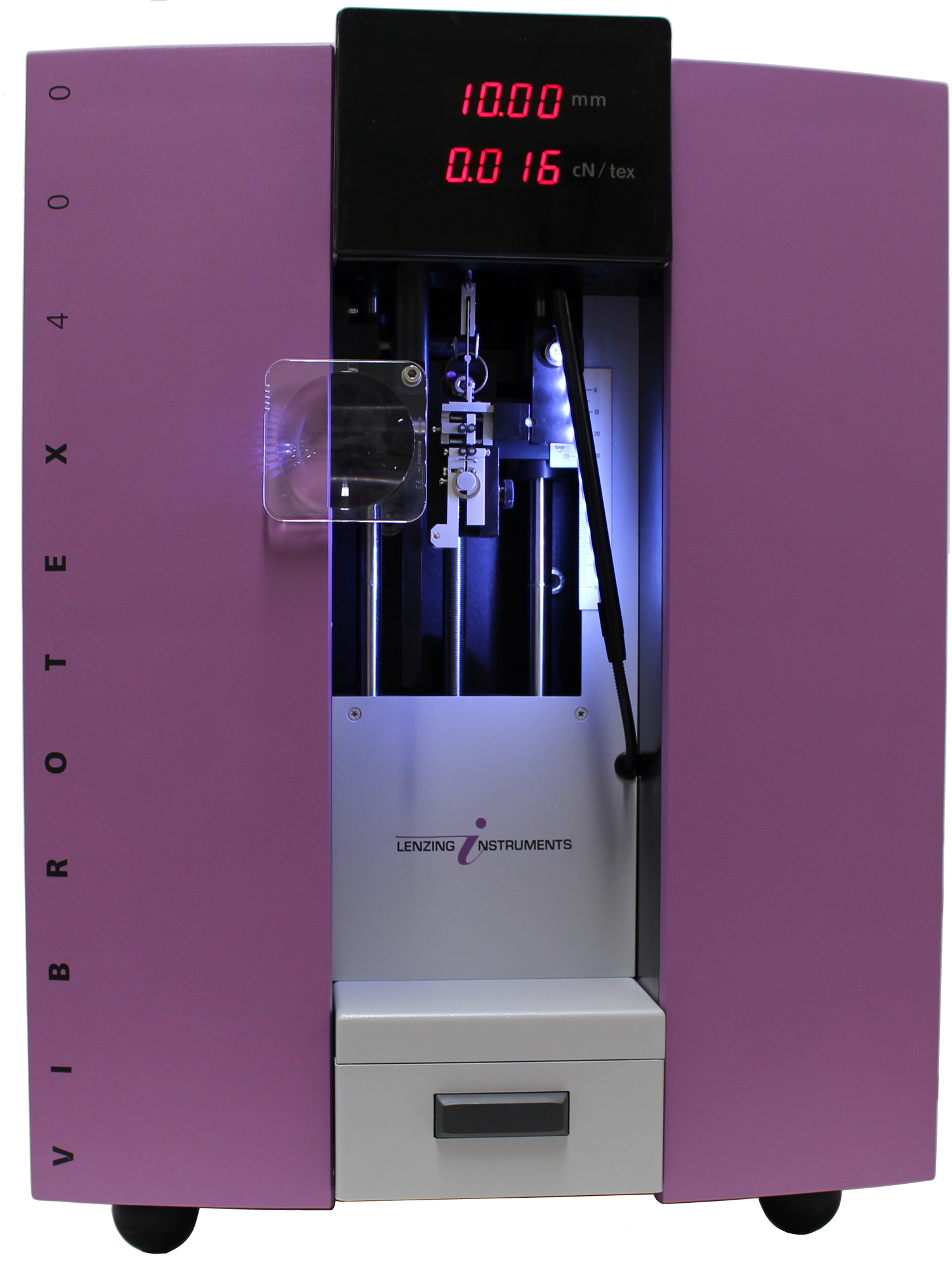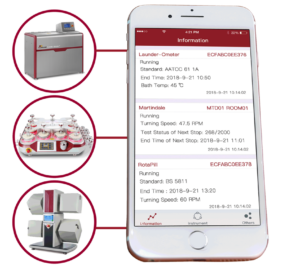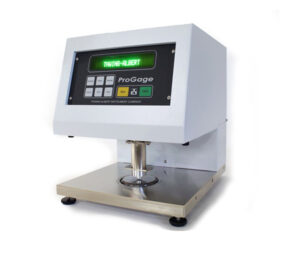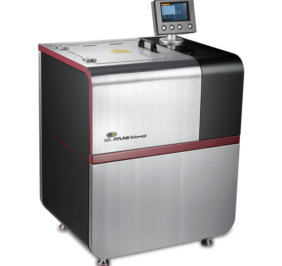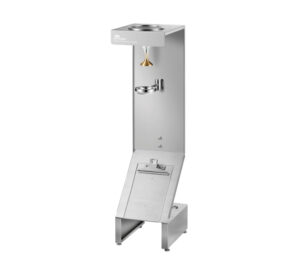Description
VIBROTEX 400
Automated and reproducible measurement and evaluation of crimp stability, removing/recovering crimp and crimp regularity of staple fiber
The answer to this question is given by Lenzing Instruments, the pioneers in crimp testing, with Vibrotex 400. Already in the late 70‘ s the Lenzing Research Centre started a special program in order to develop reliable knowledge of physical crimp properties of staple fibers in production and further processing.
Vibrotex 400 was developed during this process as the reliable tool for this kind of crimp testing.
More than two decades of experience matched with excellence in mechanics and latest processor technology resulted in this outstanding instrument which
fulfills all desires in respect to flexible test procedures, easy and ergonomic handling and significant results. Vibrotex 400 allows quick and easy determination of crimp properties like crimp removal or contraction and crimp recovery as well as crimp stability. Results are represented graphicaly as well as in terms of figures on the connected PC.
Vibrotex 400 has been developed specifically for crimp testing, hence features a unique clamping and force measuring system assuring highest reliability of the results.
Tasks and application
Determination of physical crimp properties of single
staple fibers (crimp removal/contraction crimp recovery,
crimp stability, etc.). Additionally, modulus numbers are given
from which the shape of the crimp is estimated.
Method
The fiber is loaded into the instrument‘s electromagnetic
clamps at a minimum pretension (1 – 2 mg/dtex) by using
paper weights. When starting a test the „tension vs. elongation“
curve is recorded while the crimp is carefully removed by
extending the fiber up to a tension level which allows to
extrapolate to the standard crimp removal tension of 1
cN/tex. This careful procedure ensures that crimp properties
remain unaffected for the recovery measurement. After the
trip level has been reached, the movement changes direction
towards relaxation of the fiber – still the tension is recorded until
reaching the initial tension level (pretension).
Results
Knowing the different lengths in the initial, extended and
recovered state allows enables a characterization of the
crimp stability – conclusions can be drawn by comparison
with previous tests and internal standards. Two modulus values,
which describe the slope of the crimp curve, give feedback
regarding shape and regularity of the crimp.

